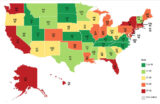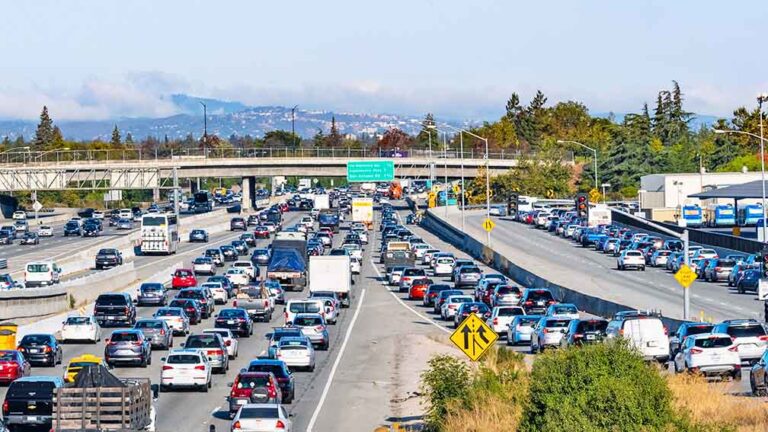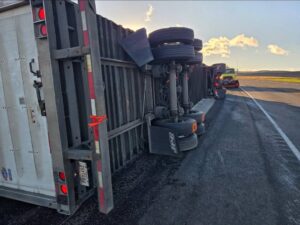
LOS ANGELES — North Dakota, Virginia, Missouri, Kentucky and North Carolina have the most cost-effective highway systems, according to the Annual Highway Report published Thursday by the Reason Foundation, a nonprofit think tank.
New Jersey, Rhode Island, Alaska, Hawaii and New York have the worst combination of highway performance and cost-effectiveness, the study finds.
The Annual Highway Report measures the condition and cost-effectiveness of state-controlled highways in 13 categories, including urban and rural pavement condition, deficient bridges, traffic fatalities, spending per mile, and administrative costs per mile of highway.
A number of states with large populations and busy highways performed well in the overall rankings, including Virginia (2nd overall), Missouri (third), North Carolina (fifth), Georgia (14th), and Texas (16th).
Nationally, the study finds America’s highway system is incrementally improving in almost every category. However, a 10-year average indicates the nation’s highway system problems are concentrated in the bottom 10 states and, despite spending more and more money, these worst-performing states are finding it difficult to improve.
For example, 43% of the urban arterial primary mileage in poor condition is in six states — California, Massachusetts, New York, New Jersey, Nebraska, and Rhode Island. Approximately 25% of the rural Interstate mileage in poor condition is in just three states (Alaska, Colorado, and Washington).
While a majority of states reduced their percentages of structurally deficient bridges, five states — Rhode Island, West Virginia, Iowa, South Dakota, and Pennsylvania — still report more than 15% of their bridges as deficient.
For total spending, three states — Massachusetts, New York, and New Jersey — spent more than $250,000 per lane-mile of highway. In contrast, five states — Missouri, South Carolina, West Virginia, North Dakota, and South Dakota — spent less than $30,000 per mile of highway.
“States need to ensure their highway spending produces safer roads, smoother pavement, fewer deficient bridges, and less traffic congestion,” said Baruch Feigenbaum, lead author of the Annual Highway Report.
“The states with the best overall rankings maintain better-than-average highways with relatively efficient spending per mile.”
The Trucker News Staff produces engaging content for not only TheTrucker.com, but also The Trucker Newspaper, which has been serving the trucking industry for more than 30 years. With a focus on drivers, the Trucker News Staff aims to provide relevant, objective content pertaining to the trucking segment of the transportation industry. The Trucker News Staff is based in Little Rock, Arkansas.















